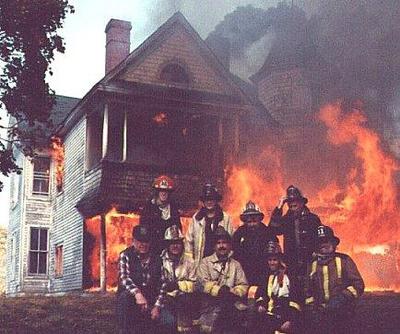Burning Issues

Spontaneous combustion occurs when an object bursts into flame from a chemical reaction within, apparently without being ignited by an external heat source. Some objects have been scientifically proven to burst into flames without an outside heat source.
92-year-old, Dr. J. Irving Bentley was last seen alive on the evening of
Dr. Bentley's case and several hundred others like it have been labeled "spontaneous human combustion" (SHC). Although he and other victims of the phenomenon burned almost completely, their surroundings, and even sometimes their clothes, remained virtually untouched. Over the past 300 years, there have been more than 200 reports of persons burning to a crisp for no apparent reason.
The hundreds of spontaneous human combustion accounts have followed a similar pattern: The victim is almost completely consumed, usually inside his or her home. What makes spontaneous human combustion so peculiar is that the extremities often remain intact. Although the torso and head, including the bones, are charred beyond recognition, the hands, feet, and/or part of the legs may be unburned. Also, the room around the person shows little or no signs of a fire.
Several theories have been formulated. First, spontaneous human combustion is caused by excessive amounts of alcohol in the body. One of the most popular proposes that the fire is sparked when methane builds up in the intestines and is ignited by enzymes. Other theories speculate that the fire begins as a result of a buildup of static electricity inside the body or from an external geomagnetic force exerted on the body. New theories suggested that the phenomenon is the work of a new subatomic particle called a pyroton, interacts with cells to create a mini explosion. As of March 2005, no one has offered a valid scientific proof of a theory explaining spontaneous human combustion.
In August 1999, BBC broadcast in prime time entitled Spontaneous Human Combustion. And more recently in 2005, National Geographic Channel aired a program on SHC.
Skeptics argue there is no such thing as Spontaneous Human Combustion. Fact or Fiction, SHC sure gave me goose bumps.

